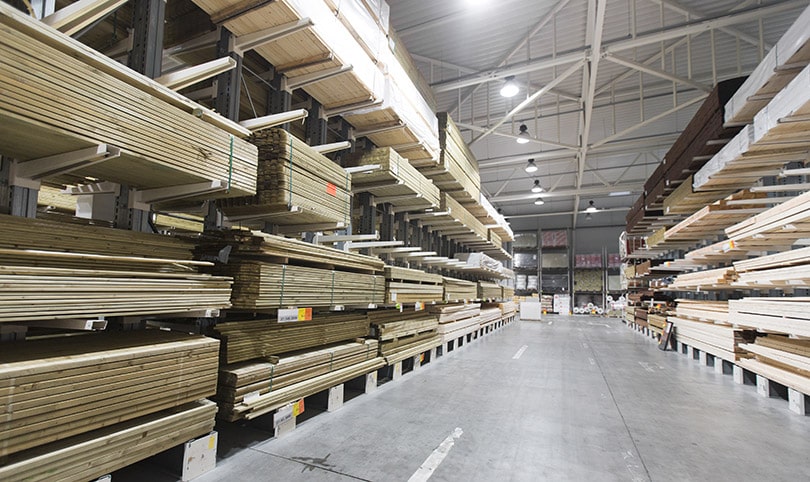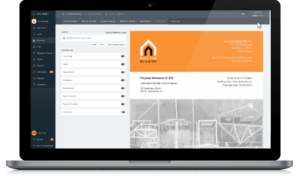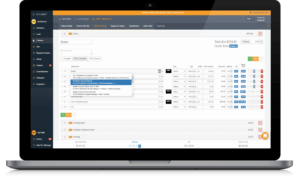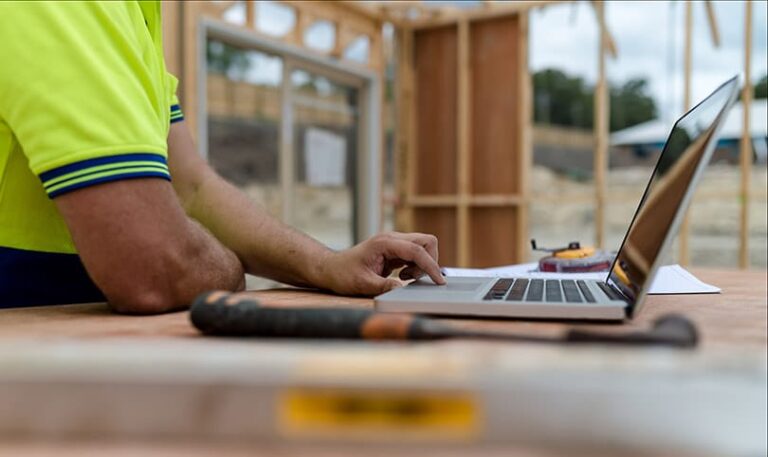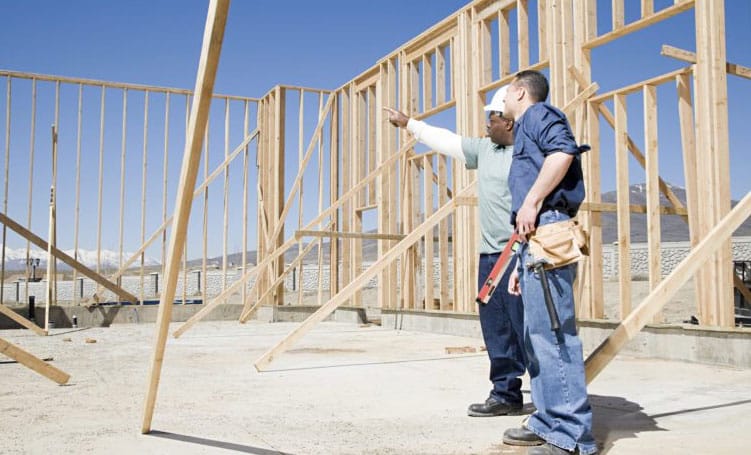Housing demand is on the rise, with new home builders always looking for a way to break into the market. So what trends are in store, and what do they mean for construction costs?
Recently, intense demand has led to an uptick in building materials prices, but the market is changing. Rising interest rates and price growth declines are stressing buyer demand and what it costs to build.
Wondering how to prepare for changing residential construction prices? Read on for more information.
Building material market insights
Residential construction has boomed thanks to high buyer demand! This has led some logistical challenges, including at times insufficient supply of essential building materials. Reduced stock has led to high prices, making it more expensive to build and more difficult to schedule work.
However, the home-building market rarely stands still, and new market conditions are beginning to change the landscape.
Rising interest rates have pushed many buyers out of the market. Predicted high mortgage rates will create further declines in demand. But as demand slows, building materials will become easier to obtain and subsequently cheaper to buy.
Have building material prices peaked?
While it’s not possible to say for certain whether building material prices have reached a peak, signs indicate that this could be the case. The market is still experiencing growth, but as pointed out, the growth rate is slowing down.
The U.S. federal reserve’s strategy of increasing interest rates is designed to reduce inflation by cooling prospective buyer traffic. This will reduce pressure on the demand side, meaning that material dealers can maintain inventories and have more room to negotiate lower prices.
Current and future prices for construction materials
As building materials prices start to change, it’s a good idea to compare current prices with future price projections, in line with the latest producer price index. Ideally, you should check often with your dealer on the latest prices. Increasingly, many builders are using software to quickly get the latest prices online.
Lumber prices
Lumber makes up over 21 percent of construction material input prices in the 12 months leading up to September 2022. Due to high demand and low availability, lumber prices rose by approximately 2.8 percent per quarter on a national scale. Prices are expected to remain high while lumber is scarce, but a drop in builder demand will lead to significant price declines.
Metal prices
Metal prices have also been on the rise. According to the latest producer price index, released in September 2022, metal material prices have risen by 16.4 percent nationally in just the past year. Metals remain in high demand, but reducing home construction rates is expected to progressively lower prices.
Cement Prices
Cement, ready-mix concrete, and other construction materials have experienced less demand than lumber and metal, but these materials have still been part of the homebuilding boom. With standard national prices rising about 12.5 percent in the past year, these materials are now set to level out as new home builders start to think twice about starting new projects.
What are the cheapest building materials right now?
Many of the most costly materials, like lumber, are unavoidable, making it more difficult to budget for a profitable project.
Despite high lumber prices, there are some items that are still affordable. Among the cheapest building materials in today’s market are bricks, stone cladding and reclaimed timber.
By turning to these cost-effective building options, it’s possible to lower the demands on your budget and offer balance sheets and purchase prices that win over hesitant buyers.
How residential construction companies cope with price changes
Price changes are a challenge for all residential construction professionals. By planning effectively, you can make more money, stay on schedule and win more customer loyalty.
If you understand the construction material market and know how to adapt as market conditions fluctuate, you can respond to demand, all while keeping costs down.
The best way to cope with major price changes is by staying up to date with the latest information. Understand what the market is doing and how this affects your business. Working with your dealer, you can work out the best time to make material purchases.
Many custom home builders are using software to plan and communicate purchasing decisions with their dealers and construction clients. The best software allows for a builder to use the same platform to request deals that help them save on material costs.
Other tips for construction companies coping with price changes
While price fluctuations can be a challenge for construction companies, there are things that you can do to cope. These include:
Shop around
Prices may vary depending on the dealer. Using software often provides a quicker way to write more RFQs that give you the power to shop around, and explore your options.
Look for alternate materials
Some building materials may be more cost-effective than others. Before you choose expensive materials, consider whether you can try a cheaper alternative. Often your dealer can help you find more affordable options.
Manage material inventory more accurately
When construction materials start to get expensive, effective inventory management can help you make the most of existing product.
Improve accuracy of estimates
The more accurately you estimate, the more likely it is that you’ll be able to comfortably afford the materials you need, so make estimating a priority. Builders today are using estimating software to make sure they factor in the right material pricing as well as the right amount of markup and labor costs.
Track costs
Finally, keeping track of costs can help you keep prices down. Know how much you’re spending, plan your budget accordingly and track your estimates against actual spend to better inform future projects.
Managing changing materials prices with construction management software
Many builders turn to construction management software to take the stress out of managing material prices of home building projects.
Construction software gives you the tools to produce more accurate estimates, and track project budgets more accurately than you would with pen and paper so you can stay in control of your business. Plus, dealer integration means you’re always quoting with the most up-to-date material prices from your chosen dealers.
Buildxact offers all these features, plus a range more, that make managing building and remodeling jobs easier. If you’re searching for an industry-leading construction management software that can help you take charge of your material inventory and better manage construction projects, try Buildxact and get started today.
Want more information? You can speak to one of our team members by booking a Buildxact demo.




